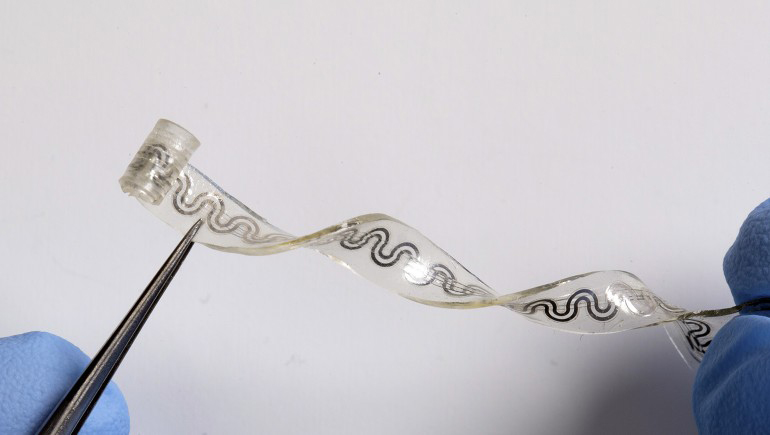Surely, there are many things that make human beings special, but if are we being honest, none do a better job of it than our solution-oriented tendencies. You see, as human beings, we are always trying to find a way through every situation, and that, in turn, helps us with hitting upon some huge milestones. The same has been validated by everything we have achieved so far, including a certain idea called technology. Technology’s testimony, in fact, stands out pretty comfortable here for reasons that go well beyond its skill-set. To give you an example, they also revolve a lot around the manner in which those skills were used to impact an entire spectrum. Now, such an expansive dynamic naturally caused a host of beneficiaries to emerge from the shadows. While all these beneficiaries had a unique story to tell, it’s the tale our healthcare sector that deserves a little more recognition than it gets right now. We say this because technology forayed into healthcare amidst a situation where the stated sphere was really fighting to hold its own against an obsolete structure. Nevertheless, the creation’s ingenious outlook would be wholly successful in shaking up that picture, but mind you, even after it gets there, technology won’t just stop improving the sector. It will continue to scale it up in one capacity or the other, and a recent development should only help the trend moving forward.
The researching team at Northwestern University is officially working on a bioresorbable implant, which happens to be modeled upon the idea of controlling pain by cooling the individual’s nerves. According to certain reports, the device has perfluoropentane coolant and nitrogen gas stored in two separate microfluidic channels. The whole construction is brought to life by an external pump that causes the coolant and gas to mix together in a chamber within the implant, making the coolant rapidly evaporate, and consequentially, resulting in a cooling effect on the concerned nerve. Notably enough, as this implant is bioresorbable, it also saves you the hassle of going through a follow-up procedure to get it removed. However, a much bigger positive is how it can replace opioids in the long run. Up until now, opioids have formed the centerpiece of such treatments, despite their addictive and overall detrimental nature. By presenting a drug-free take, the new implant promises to solve the stated conundrum soon.
When quizzed about the team’s unique approach for the implant, Matthew MacEwan, one of the developers behind it, said:
“As you cool down a nerve, the signals that travel through the nerve become slower and slower — eventually stopping completely. We are specifically targeting peripheral nerves, which connect your brain and your spinal cord to the rest of your body. These are the nerves that communicate sensory stimuli, including pain. By delivering a cooling effect to just one or two targeted nerves, we can effectively modulate pain signals in one specific region of the body.”



















